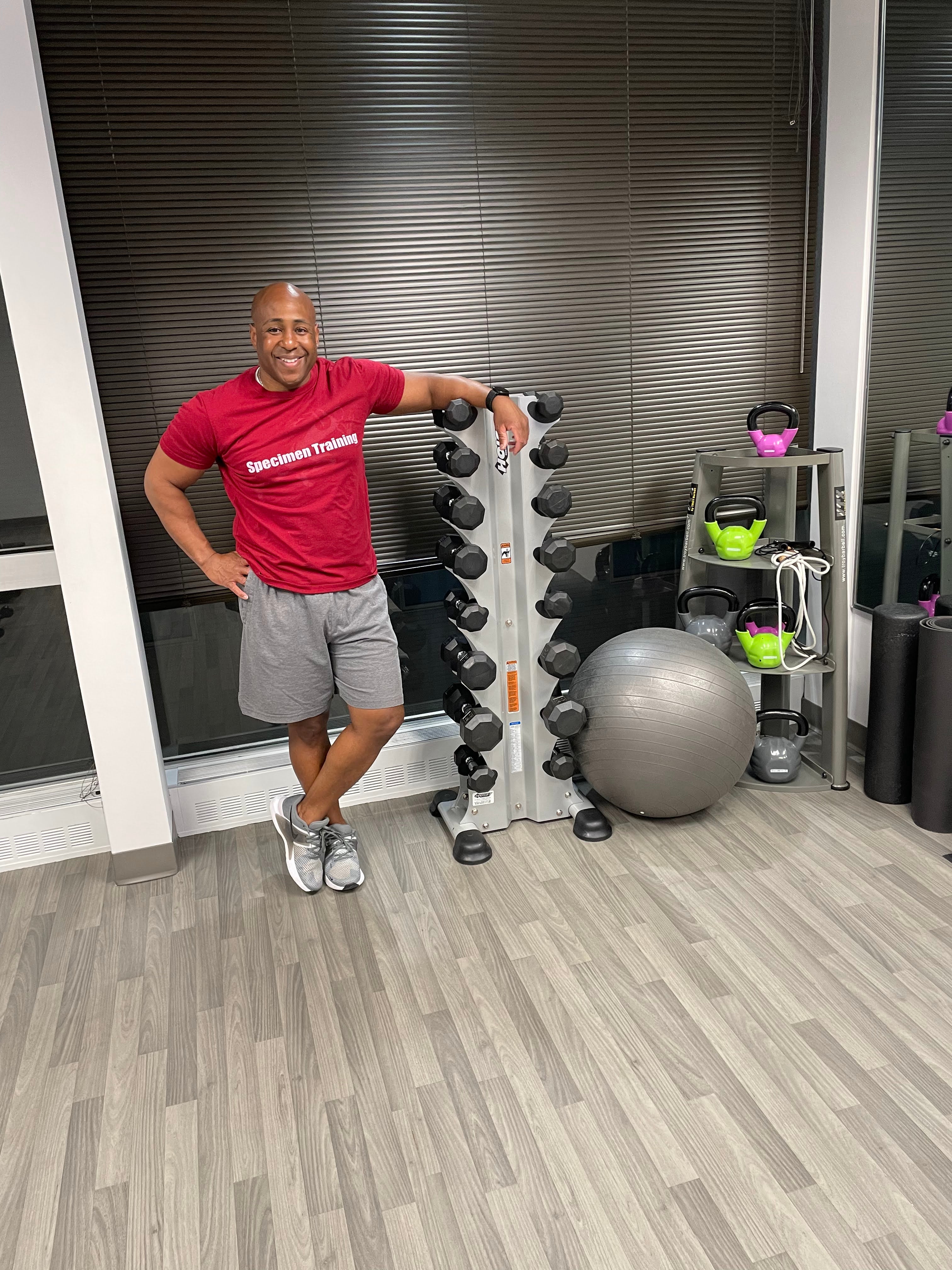
Periodization Training – Progressions
This is Part 3 of a 4-Part series detailing how to build a successful training program.
Successful resistance training programs must incorporate specificity, variation, progression, and overload principles. Ignoring and not incorporating any of these principles will limit the cycle’s ability to stimulate the desired outcome, decrease adherence to the training cycles / programs, and increase the probability of injury.
In part 1 we talked about specificity (training to produce a targeted change or result). Part 2 discussed variation (manipulating different variables in your training cycle). Part 3 of this 4-part series addresses progression (also referred to as progressive overload).
As you work through a training cycle, you will adapt to the intensity. When this happens, you must alter the training stress / intensity to continue to induce positive adaptations. As you get fitter, stronger, build better muscle endurance and flexibility, you have to start mixing in progressive overloading systematically and in proportion to how you’ve improved! Failing to add progressions into your cycle will result in your progress coming to a stop (or possibly even losing some of the results you’ve worked so hard for). The best and most effective progressions require appropriate variation strategies.
Progression is an essential component of any training program. It is a process in which you continue to move toward a predetermined goal (fat loss, building lean muscle mass, improving your fitness, etc.) Progressions are made through increasing loads (the weight you are training with), volume (number of sets x number of reps x weight lifted), frequency (how often you’re training), or madding any number of alterations that change and challenge the training stimulus. The most frequently used method for progressions is to change the load and volume lifted in each exercise. The best way to determine when to increase the load (add weight) is to schedule periodic RM assessments. In general, when adding progressions to your training loads, a conservative increase in load of 2.5% to 10%, depending on the type of exercise, your training status, and the part of the body being trained.
Check out this table that outlines some general guidelines for increasing your training loads:

Another way to mix in load increases throughout your training cycles / programs is to use the 2-for-2 method. If you can complete two more repetitions than the repetition goal in the final set of an exercise for 2 consecutive lifts, the load in all the sets for that exercise moving forward can be increased. As common as it is, it’s not the best because it requires you to consistently train to muscular failure.
All our training cycles have progressions built into them, across a week of training, from week-to-week and from cycle to cycle. It’s something you never have to spend time trying to figure out. Visit https://specimentraining.com/training to check them out for yourself!
Sign up for our In The Lab newsletter to get more training tips, program offers, and a wealth of information on how to “Go Beyond Your Limits”!